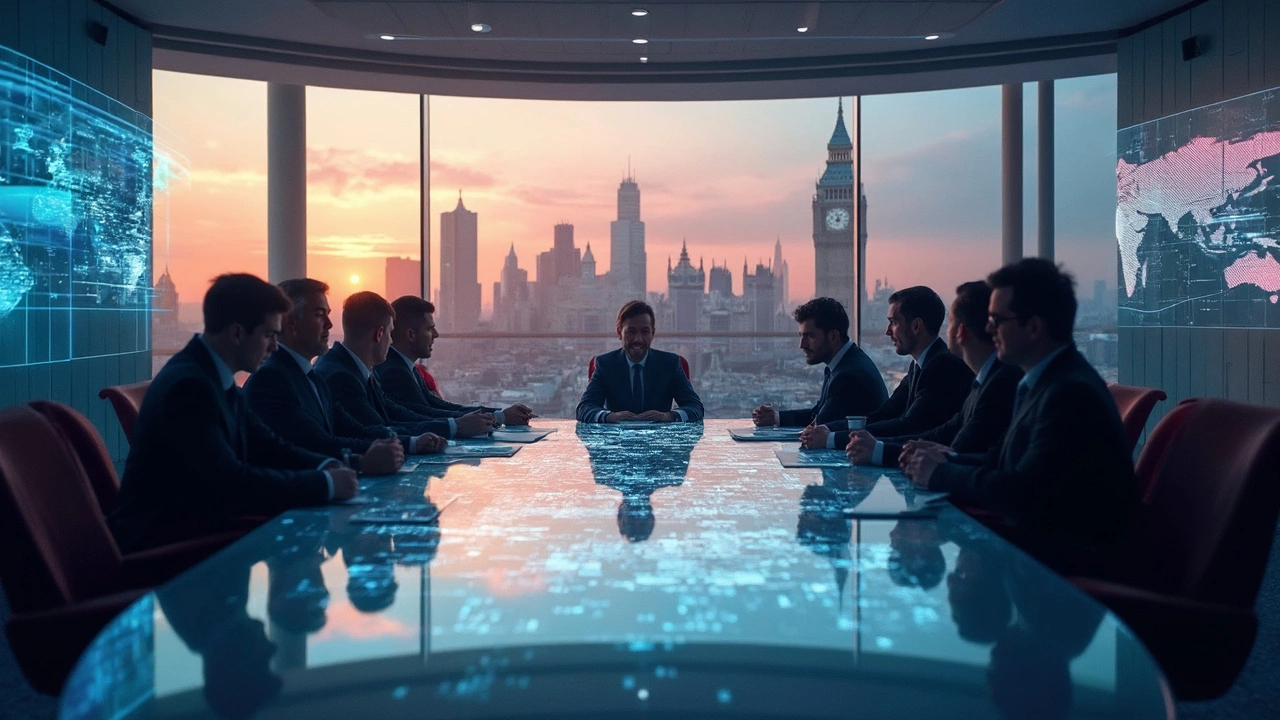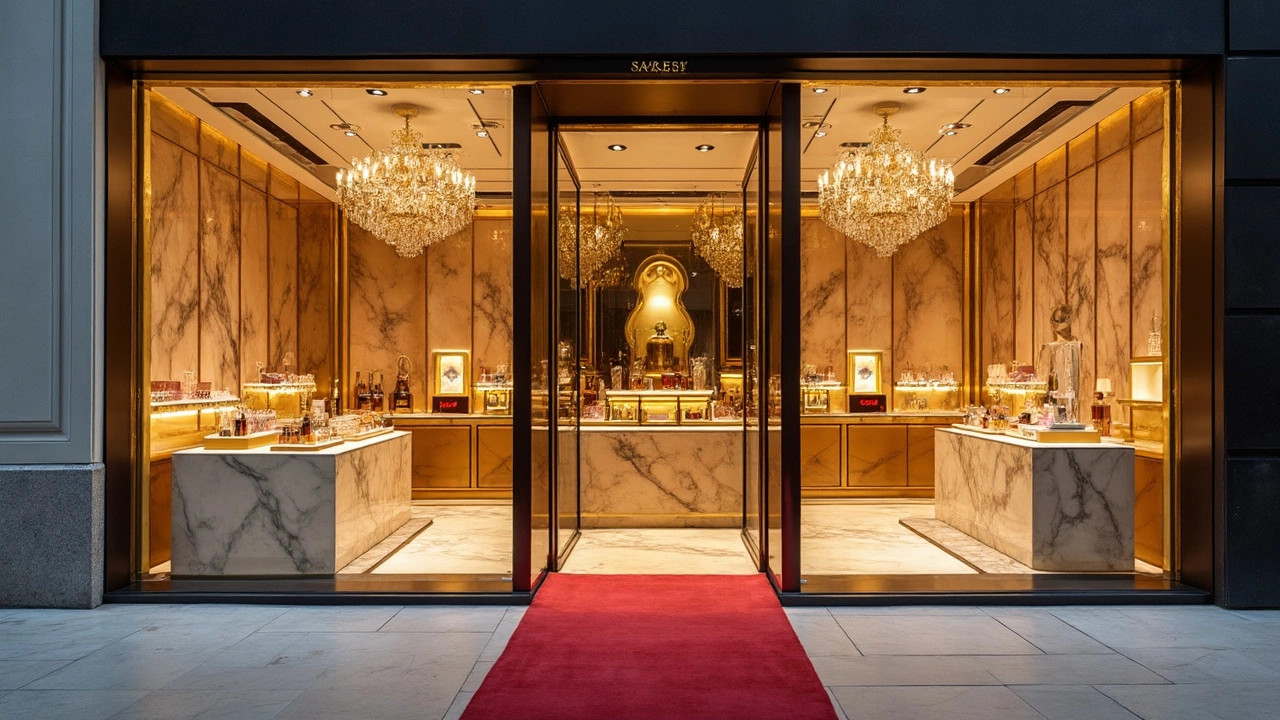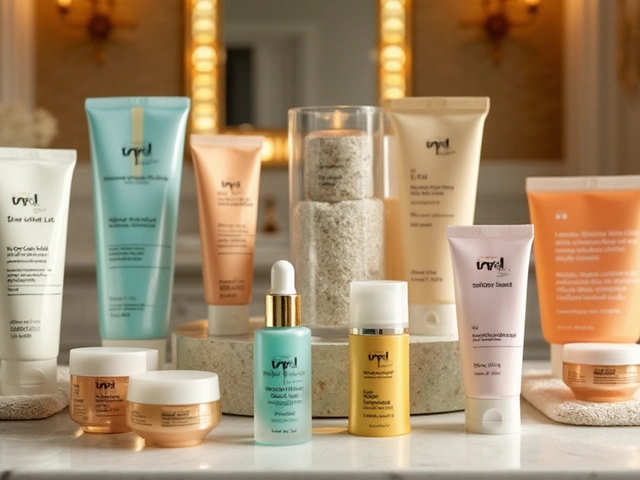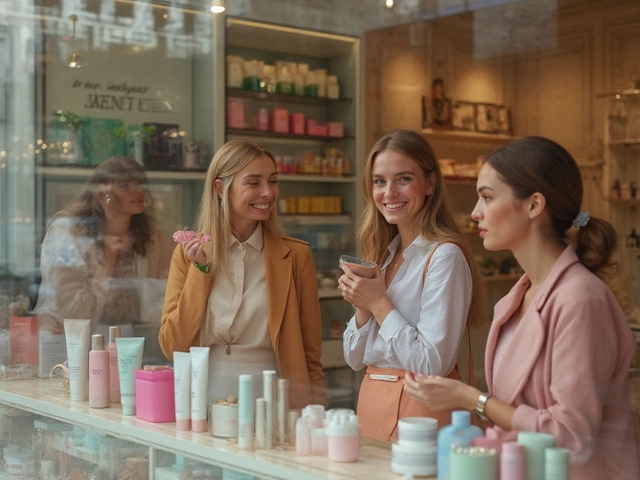If you've ever swiped on a bit of lipstick or dabbed some perfume, you've been part of the lucrative world of cosmetics. But have you ever wondered which brand sits at the very top? As of 2025, L'Oréal continues to hold the crown as the richest cosmetic brand in the world, boasting a staggering revenue that leaves competitors in the dust.
L'Oréal's journey to global domination is nothing short of fascinating. Starting over a century ago, they've consistently stayed ahead of the trends while embracing innovation. From acquiring niche brands to promoting inclusivity, they've woven a tapestry of success strategies that others in the industry try to emulate.
- The Brand That Tops the List
- Journey to Global Domination
- Why They Stand Out
- Tips for Aspiring Beauty Brands
The Brand That Tops the List
When it comes to the cosmetics industry, one name rings loud and clear: L'Oréal. This beauty brand isn't just about vanity; it's a juggernaut commanding the global market with annual revenues exceeding 40 billion euros. Pretty impressive, right?
Founded in 1909 by Eugène Schueller, L'Oréal started with just hair dye, but it wasn’t long before they ventured into skincare, makeup, and much more. They now boast a wide portfolio, including segments like luxury cosmetics, consumer products, and even active cosmetics.
L'Oréal operates in over 150 countries and holds an impressive range of brands under its umbrella like Lancôme, Maybelline, and Kiehl's. It’s like they have a finger on the pulse of every corner of the beauty market. By offering something for everyone—from drugstore favorites to high-end indulgences—they've captured just about every cosmetics consumer imaginable.
Innovation and Research
What sets L'Oréal apart is its commitment to innovation and research. Annually, they invest close to one billion euros in R&D. They boast several research centers around the globe, focusing on everything from new product formulations to sustainable practices.
This massive investment ensures L'Oréal isn't just relying on past success. Instead, they're constantly evolving, adapting, and creating products that resonate with today's consumer needs.
So, next time you're browsing the beauty aisle or shopping online, remember that behind every mascara and moisturizer from L'Oréal, there's a powerhouse of innovation and strategic genius.
Journey to Global Domination
How did L'Oréal become a leader in the world of cosmetics? It wasn't overnight. It’s a story of evolution, innovation, and smart business moves.
L'Oréal kicked things off in 1909 with a hair dye formula. Over the next century, the brand expanded its product line to include skincare, makeup, and fragrances. Through strategic acquisitions, they added stars like Lancôme, Maybelline, and Urban Decay to their portfolio, significantly boosting their market presence.
Innovative Strategies
One of L'Oréal’s winning strategies has been embracing diversity. They’ve championed the idea of beauty for all, offering a wide range of products, shades, and textures to cater to everyone. This inclusive approach not only built a loyal customer base but also set industry standards.
Innovation is always in the spotlight at L'Oréal, especially in terms of sustainability. Recently, they’ve been focusing on eco-friendly formulas and recyclable packaging. It's a move that resonates well with environmentally-conscious consumers and strengthens their global image.
Investment in Technology
The brand has also invested heavily in technology. Digital marketing, AI-driven recommendations, and personalized shopping experiences are areas where they shine. In one instance, their virtual try-on app was a game-changer, allowing customers to try products from the comfort of their homes.
Global Reach
L'Oréal doesn’t just rely on its home base in France. They're always on the lookout for new markets. With stores and online accessibility in over 150 countries, their global reach is truly remarkable. It's this international presence that secures their spot as the world's richest beauty brand.

Why They Stand Out
L'Oréal isn't just another name in the beauty biz; it's the richest brand because of a recipe that blends innovation, diversity, and savvy marketing.
Innovation at Its Core
From advanced skincare formulations to eco-friendly packaging, L'Oréal is always pushing the envelope. They invest heavily in R&D, ensuring they're not just following trends but setting them. Quick fact: L'Oréal dedicates a whopping 3.5% of its annual sales to research and development, more than many of its competitors.
Diversity in Products and People
The brand's product variety is both vast and inclusive. Whether you're on the hunt for high-end luxury or budget-friendly basics, L'Oréal has a brand for you. Plus, they shine a spotlight on inclusivity, offering shades and products for all skin tones. This dedication to diversity expands their global reach and loyal customer base.
Killer Marketing and Acquisition Strategies
Their marketing campaigns are less about selling and more about storytelling. Featuring diverse spokesmodels and partnering with influencers, they connect with customers on a personal level. Not to mention, they've smartly acquired several niche beauty brands, including Urban Decay and NYX, to broaden their market share.
Check out some interesting stats:
| Brand | Year Acquired | Impact |
|---|---|---|
| Urban Decay | 2012 | Boosted market presence in bold makeup |
| NYX | 2014 | Increased accessibility with budget-friendly options |
By balancing innovation, embracing diversity, and clever acquisitions, it's no wonder L'Oréal is the big boss in the cosmetics game.
Tips for Aspiring Beauty Brands
Entering the competitive world of cosmetics can seem daunting, but with the right approach, you can carve out a niche and grow your brand. Here are some practical tips to consider if you want to join the ranks of successful beauty brands.
Embrace Innovation and Technology
To keep up with giants like L'Oréal, it's crucial to stay ahead in technology and innovations. Think about investing in research and development to bring unique products that meet consumer needs. Whether it's eco-friendly packaging or cutting-edge formulations inspired by scientific breakthroughs, make sure you're offering something fresh.
Know Your Audience
Understanding your audience is key. Work on identifying your target market and tailor your products and marketing strategies to meet their needs. Would your audience appreciate vegan products, or are they seeking out luxury experiences? The more you know about them, the better you can cater to their preferences.
Focus on Branding
Your brand’s identity should resonate with your customers. What does your brand stand for, and what message do you want to communicate? Ensure that everything from your logo to your product packaging reflects your core values and aligns with the expectations of your customers.
Leverage Social Media
In today’s digital age, a presence on social media is non-negotiable. Use platforms like Instagram, TikTok, or YouTube to engage with your customers and build a community. Share behind-the-scenes content, customer testimonials, and the story behind your products.
Collaborate with Influencers
Influencers can play a huge role in promoting your brand. Choose influencers who align with your brand values and have audiences similar to your target market. They can help introduce your products to a broader audience and build trust among potential new customers.
Building a cosmetics brand takes time, patience, and a unique vision. But with dedication and a grasp of the strategies that work, you can grow from a passionate startup into a recognized player in the beauty brands landscape.


